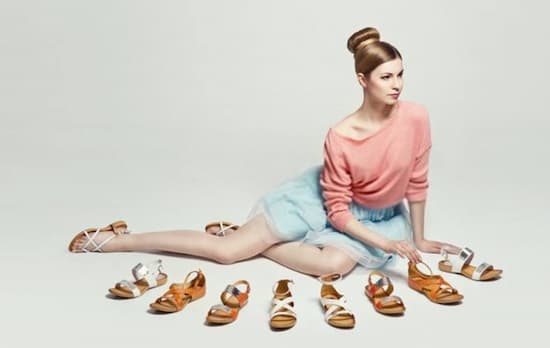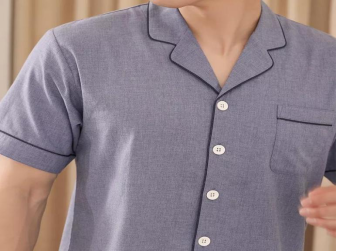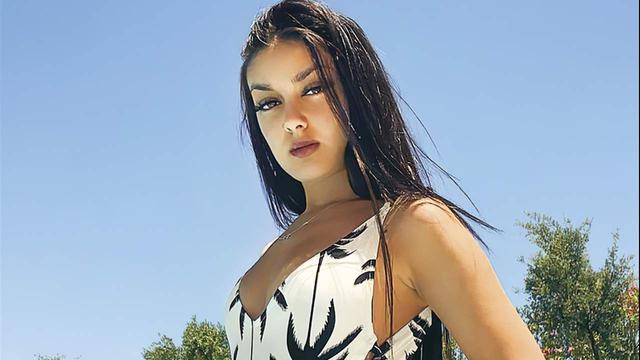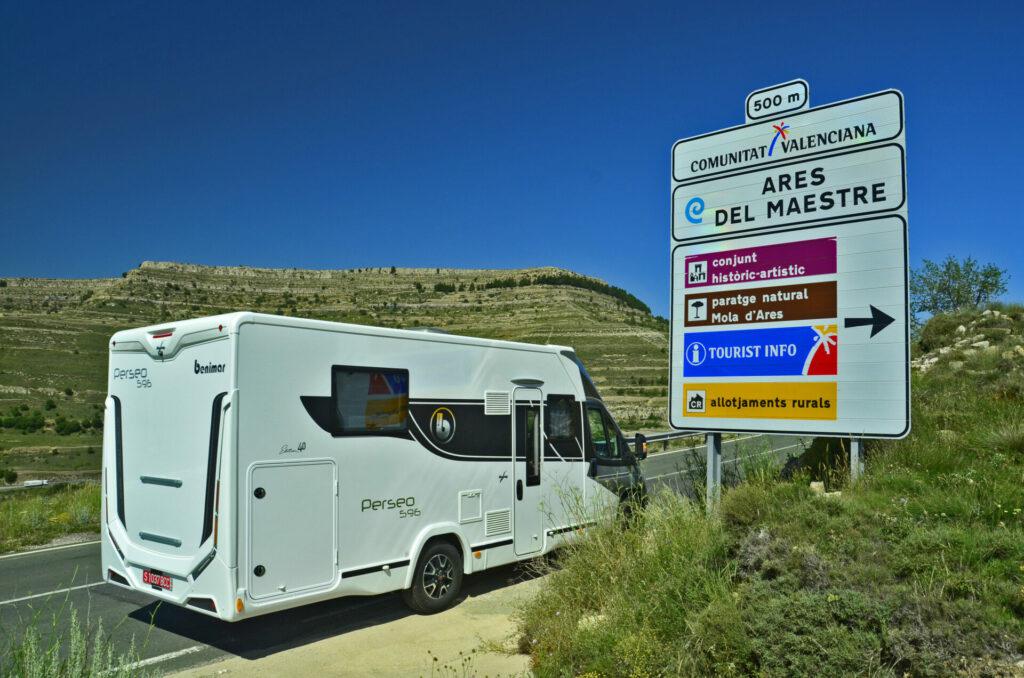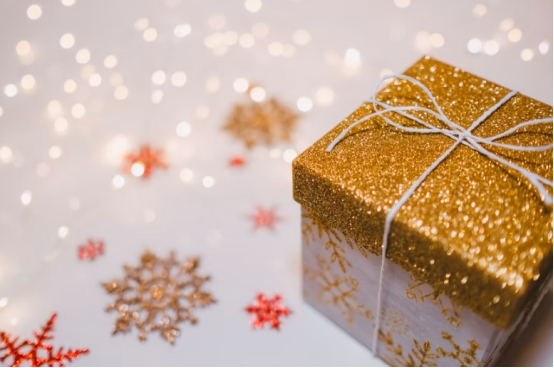Home → fancy clothes → Not everything is sp...
Not everything is space travel: art grows as an alternative investment for the most innovative millionaires
Some of the most important businessmen in the world have as an "alternative" occupation the purchase of great works, many of which they donate or lend to museums.
In Argentina it was Antonio and Mercedes Santamarina , who came to sell fields to buy art; then Mario Hirsch , the head of the Bunge & Born group, who gave works by Molina Campos to the people who worked with him.
Also Amalita Lacroze who bought the most expensive work at the time, in 1980, for 7 million: the fabulous Turner that can be seen in Puerto Madero in the Amalia Lacroze Art Collection in Fortabat .
He also formed an extraordinary collection of Impressionists and Carlos Pedro Blaquier Argentine painting and in recent years Eduardo Costantini has started an important collection of Ibero-American art that can be seen in his Malba of him.
Today the great art galleries and auction houses look for paintings and sculptures that leave them with a good profit margin, and in general they are works that exceed 50 million. After having them on consignment, they begin to offer them to about 30 buyers who are willing to invest that amount in a single work of art.
Most of these operations are carried out privately and are not known, but others that go to auction do allow the seller and the buyer to be known in many cases.
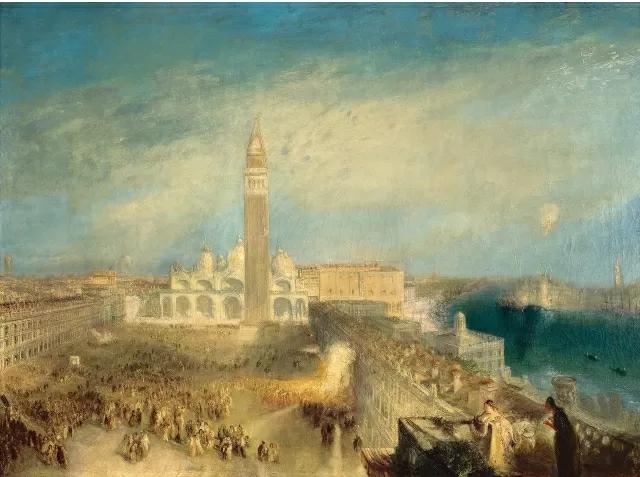
Asian millionaires and luxury goods consolidate the art market
Mrs. Alice Walton, her heir with her two brothers from Walmart , buys both for her private collection and for the museum she has formed in Texas. She bought a Rauschenberg work for 88 million and a Georgia O'Keeffe "Flower" for 44 million.
Amazon creator Jeff Bezos just donated $200 million to the Art and Space Museum in Washington and bought an Ed Ruscha for $52 million. It also seems that he is buying a lot of work by American authors.
Francis Bacon made 26 triptychs in his life , and one that had his friend and colleague Lucian Freud as a character, offered in 2014, was bought by Elaine, ex-wife of casino magnate Steve Wynn, for 145 million . This year one went on sale that was from a Norwegian collection and sold for 85 million.
There are big buyers who live in Switzerland and Turkey, but remain anonymous. Mr. Patrick Drahi not only bought Sotheby's auction house for 3.5 billion dollars, but he is also buying important works, as does François Pinault, the owner of Christie's . It is logical since those of us who sell art must set the example and always buy.
Surprising: a stamp-sized Da Vinci sold for $12 million
Kenneth Griffin bought a Pollock and a De Kooning for 500 million , but he did not take them to his house, he lent them to the Art Institute of Chicago.
The Japanese Yusaku Maezawa bought two Basquiat at record prices, 103 million and 50 million, then disappeared from the map and at the end of 2019 he sold his part in his company, for 2800 million, and has returned to buy works of art.
The strongest Chinese buyer lives in Taiwan and is called Pierre Chen . Many private operations are carried out by Steven Cohen , who not only buys but also sells in values that exceed 100 million. Another strong buyer is Leon Black who paid 120 million for Munch's "The Scream".
In the eighties the big buyers were the Japanese, like Mr. Saito, who in two days invested 180 million in a Van Gogh and a Renoir , following in the footsteps of the Yasuda insurance company that paid 40 million for some sunflowers by the artist, which I think they were the initial kick of these golden decades of the art market.
Today the big buyers are the Arabs and the Chinese, who are the ones who support the art market.
